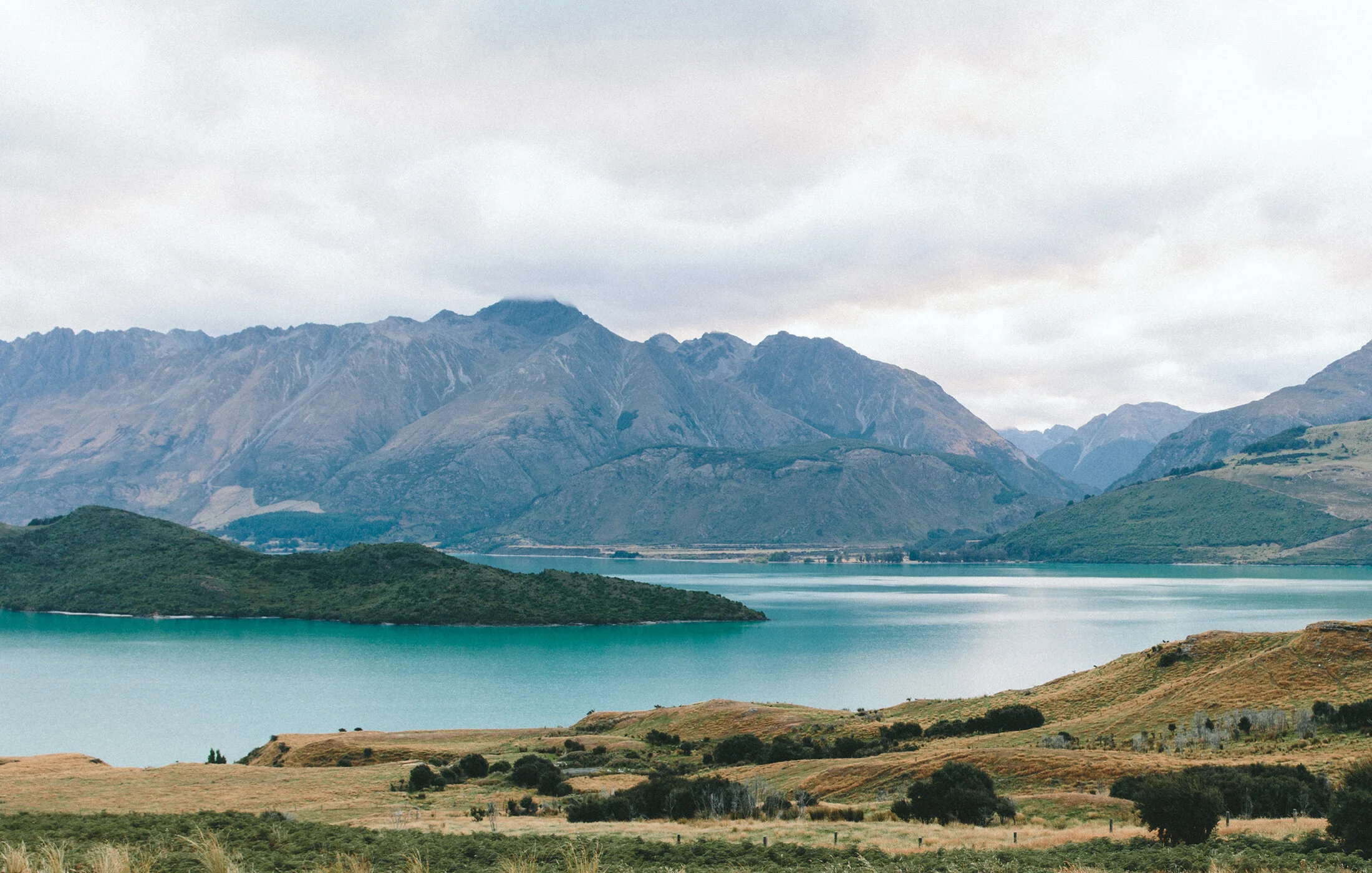Project 1: Point Reyes Flow Study
Description of Concept:
Project Title: Point Reyes Flow
What issue does this address? Ecological flow, how water shapes and affects ecosystems, communities and populations, is at the heart of California’s environmental challenges, and opportunities. There is arguably no more dynamic place to artistically study ecological flow than in our nation’s only Pacific National Seashore at Point Reyes. Better understanding Flow; taking an even more expansive interpretation; and using observational sciences to perceive ecological flow and show what looks like is essential environmental education.
Which community and/or ecosystem are you focusing on? (e.g., at risk members of the community) Natural communities of Point Reyes as they interact with flows and key water features (photographically) and in select local schools or a larger Zoom meeting. Site selection criteria would include: complexity of ecotones and diversity of water sources, keystone wildlife populations i.e. elk herds, landscape compositional and artistic merit. Sites could include sites around Drakes Estero, Limantour Beach, Chimney Rock, Abbots Lagoon, Lagunitas or other creeks etc.
Why is this project significant? How will this project promote change that builds resilience in California communities and/or ecosystems? Give an example(s) of an outcome. (e.g., seniors will gain increased resistance to extreme heat impacts):
What will you do? (e.g., I will create a pamphlet on resources available in my community): I propose collaborating with PRNSA and NPS to plan and implement 1-3 photo monitoring sites to create ecologically significant fine art including large s4ll photos, 4me lapses, and video. The Capstone output would be a draft proposal. Factors that would potentially distinguish this project from other efforts, or be complimentary to such exciting projects as Chronolog, include: very high image-resolution, flexible media outputs for a variety of interpretative/research value, substantial data files for posterity, focus on water resources that may not already have advanced photographic monitoring, story-telling and community engagement emphasis, etc.
How will you do it? (i.e., what are the steps): I would serve as the principal photographer/researcher based on cultivating good relations and closely collaborating with organizational beneficiaries. Regarding precedents, I am inspired by and have professionally collaborated with International League of Conservation Photographer Michael Forsberg who conducted similar work in the Platte Basin and would (reasonably) hope to consult with him further. Regarding methods, we could strictly employ remote photo- point protocol, utilize first-person photography, or even a hybrid model. I would propose a variety of methods depending on the subject, i.e. drone imagery for the estuary, GoPro or underwater cameras in creeks, and medium format/mirrorless on dry-landscapes. Regarding project financing, I would seek donor, grant, or sponsor support upon establishing parameters. I’ve started broaching this conversation with Climate Steward instructors, respectively, in our field visits and very much hope we can continue the conversation!
What organization(s) will benefit from/will you be working with to achieve this (e.g., Alma Senior Center)? This includes PRNSA, NPS, as well as individuals that care for Point Reyes National Seashore and anyone else interested in nature photography or ecology.
What is the plan for effectively presenting the project at graduation? I will continue developing and present a plan addressing aforementioned aspects; convey rationale and inspiration; discuss precedents; solicit feedback; present personal photos of Point Reyes; invite collaboration. In addition, I will soft-release a not-for- profit eco-arts website that will serve as a launchpad for the endeavor and discuss potential public benefits.





